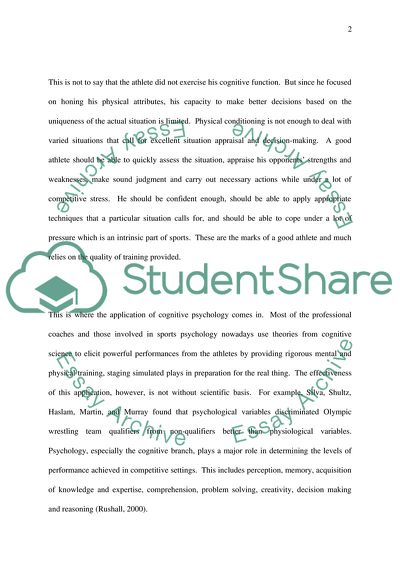Cite this document
(The Psychology of Performance in Sports Term Paper - 1, n.d.)
The Psychology of Performance in Sports Term Paper - 1. Retrieved from https://studentshare.org/psychology/1703012-performance-psychology
The Psychology of Performance in Sports Term Paper - 1. Retrieved from https://studentshare.org/psychology/1703012-performance-psychology
(The Psychology of Performance in Sports Term Paper - 1)
The Psychology of Performance in Sports Term Paper - 1. https://studentshare.org/psychology/1703012-performance-psychology.
The Psychology of Performance in Sports Term Paper - 1. https://studentshare.org/psychology/1703012-performance-psychology.
“The Psychology of Performance in Sports Term Paper - 1”. https://studentshare.org/psychology/1703012-performance-psychology.


